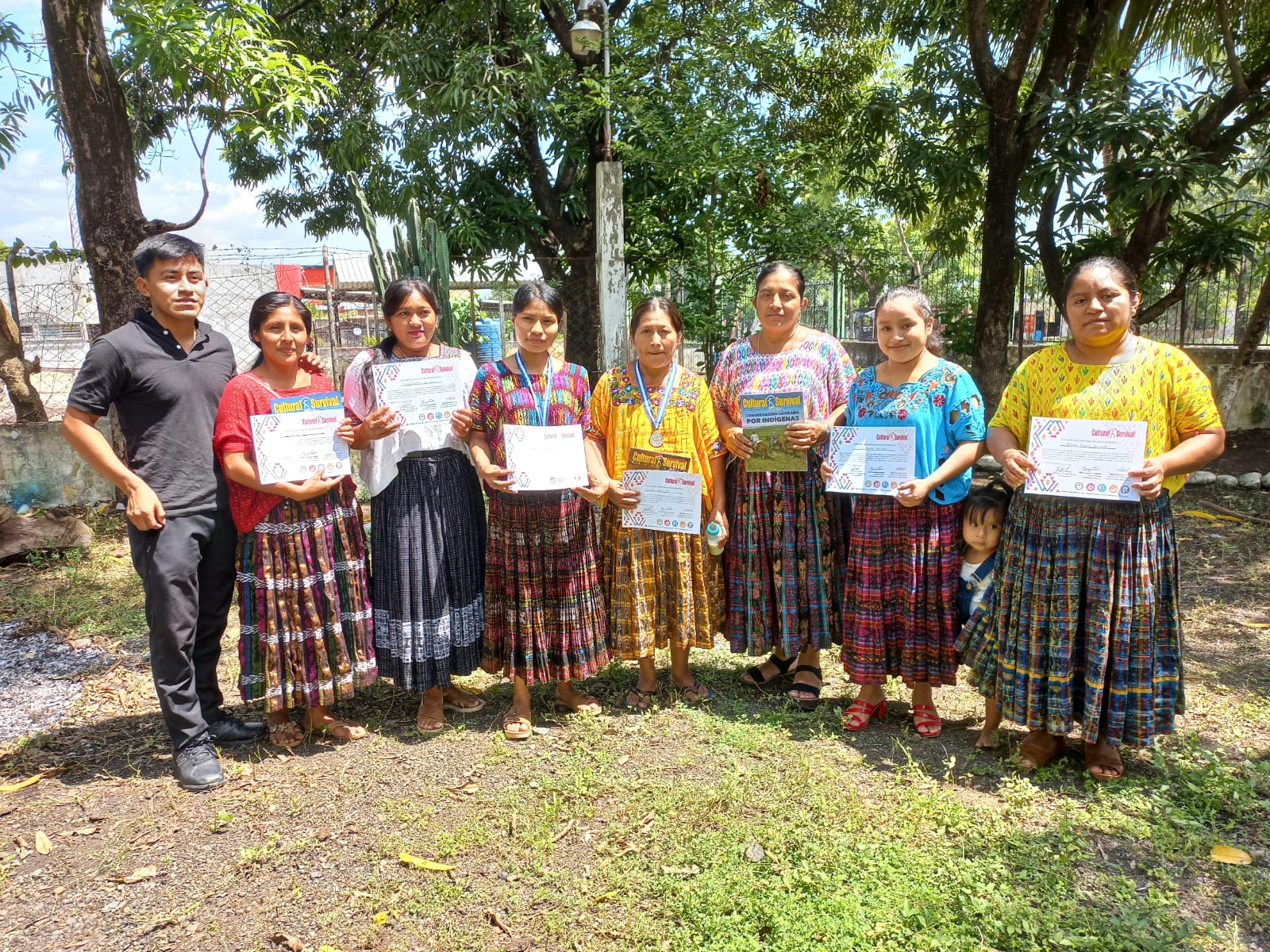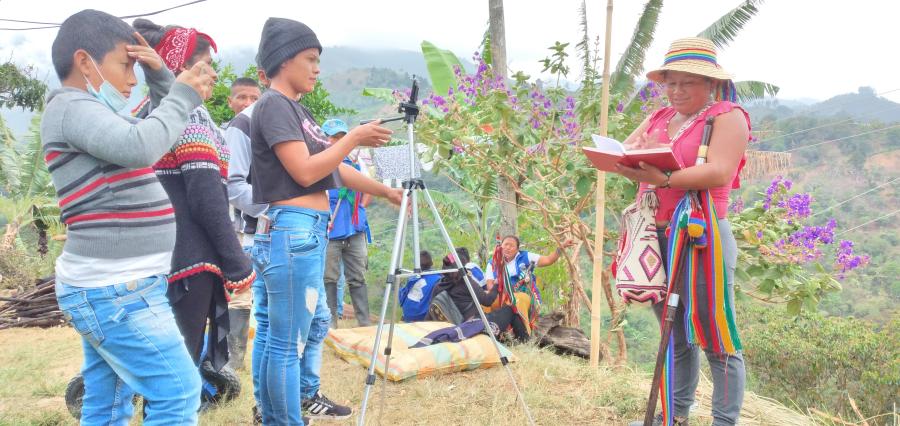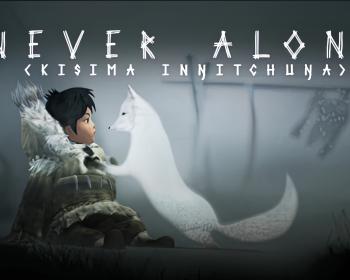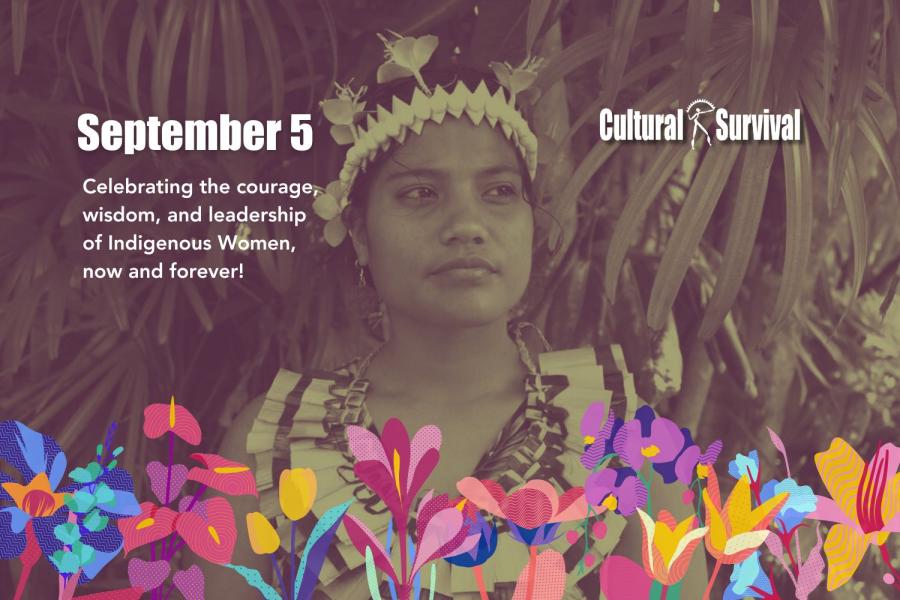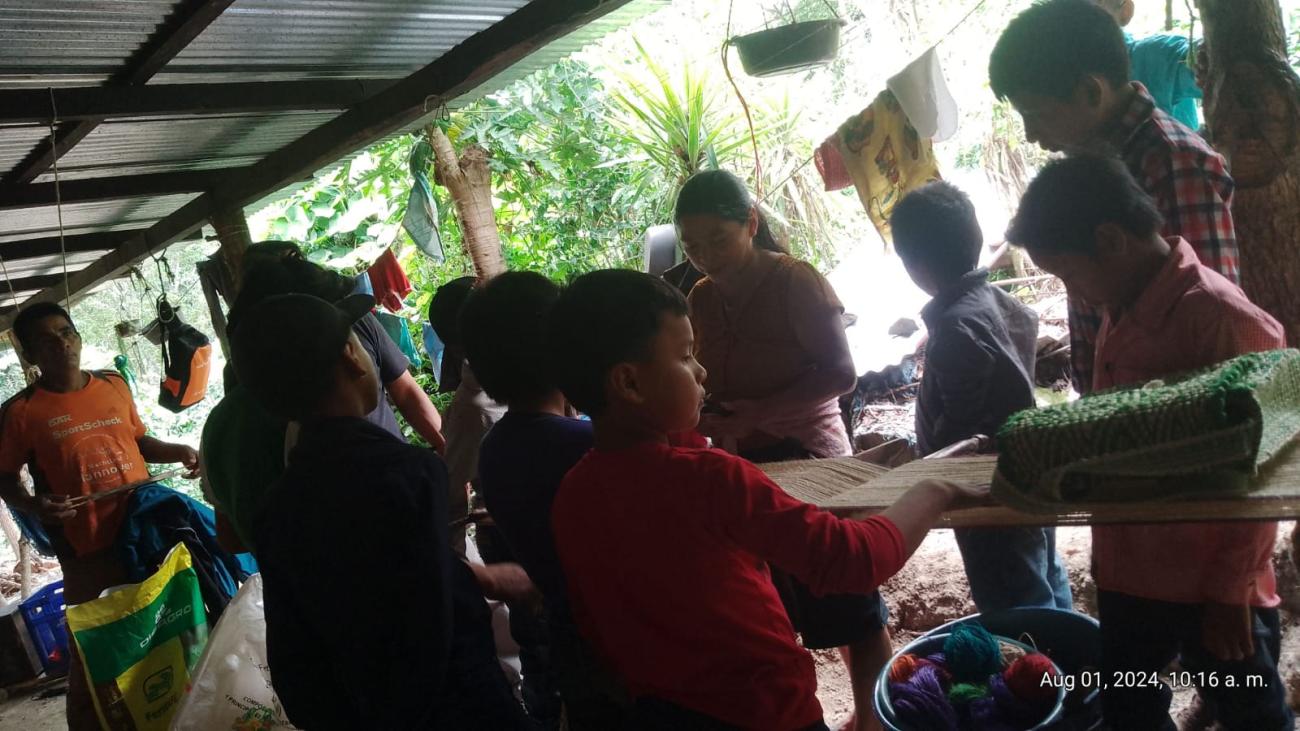
Creativity and craftsmanship are forms of resistance, memory, and collective healing in many Indigenous communities. Traditional art revitalizes ancestral knowledge and strengthens the social fabric, showcasing community knowledge as a tool for transformation in harmony with Mother Earth. In 2024, Cultural Survival supported two projects in Guatemala through our Indigenous Youth Fellowship program, where creativity, craftsmanship, and ancestral revival are acts of resistance and hope. Two young Indigenous Guatemalans use traditional art for territorial defense and cultural revitalization, reaffirming the identity of their peoples, generating sustainable economic alternatives, and strengthening the social fabric. Their work demonstrates that ancestral practices are living paths toward a just future in balance with nature. Learn about their work below.
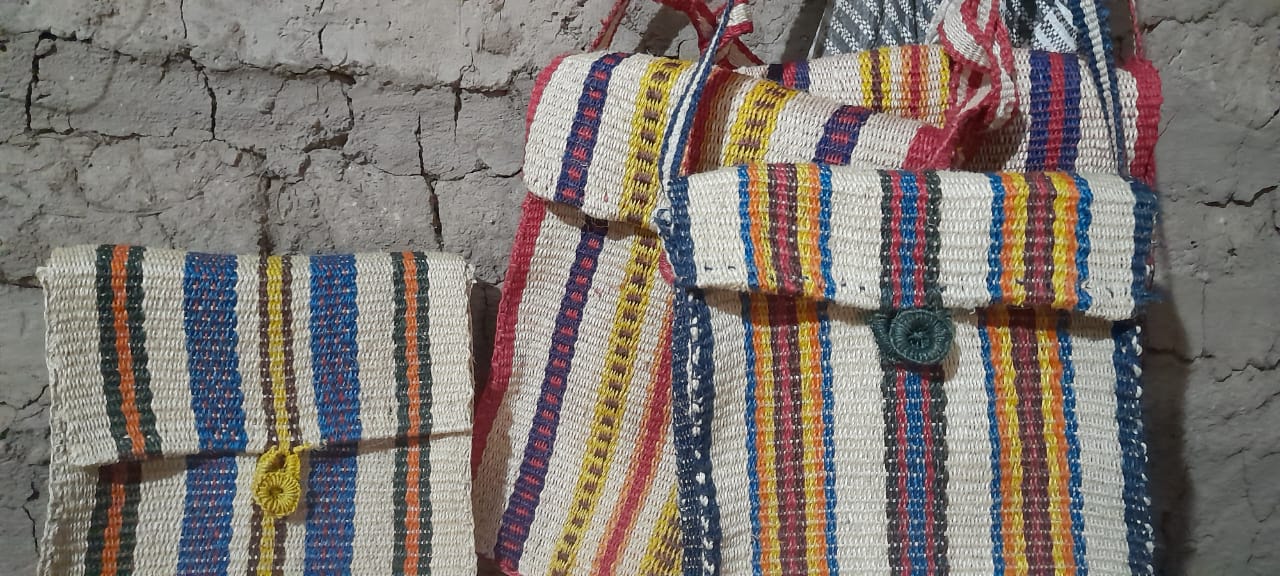
Mayra Filomena Ramírez Alonzo (Maya Ch’orti’) from Guatemala
Maira Filomena Ramírez Alonzo is an Indigenous Maya Ch'orti' leader, artisan, and defender of her territory in Olopa, Chiquimula, Guatemala. Since she was a child, she has accompanied her mother in the community struggle to recover land, forests, rivers, and their cultural identity, in a context of historical invisibility by the Guatemalan State. This exclusion has profoundly impacted her people, limiting their access to fundamental rights such as health, education, and recognition of their ancestral practices. Maira has transformed her experience into an organizational and communicative force, raising awareness of her community's issues and promoting solutions rooted in her culture.
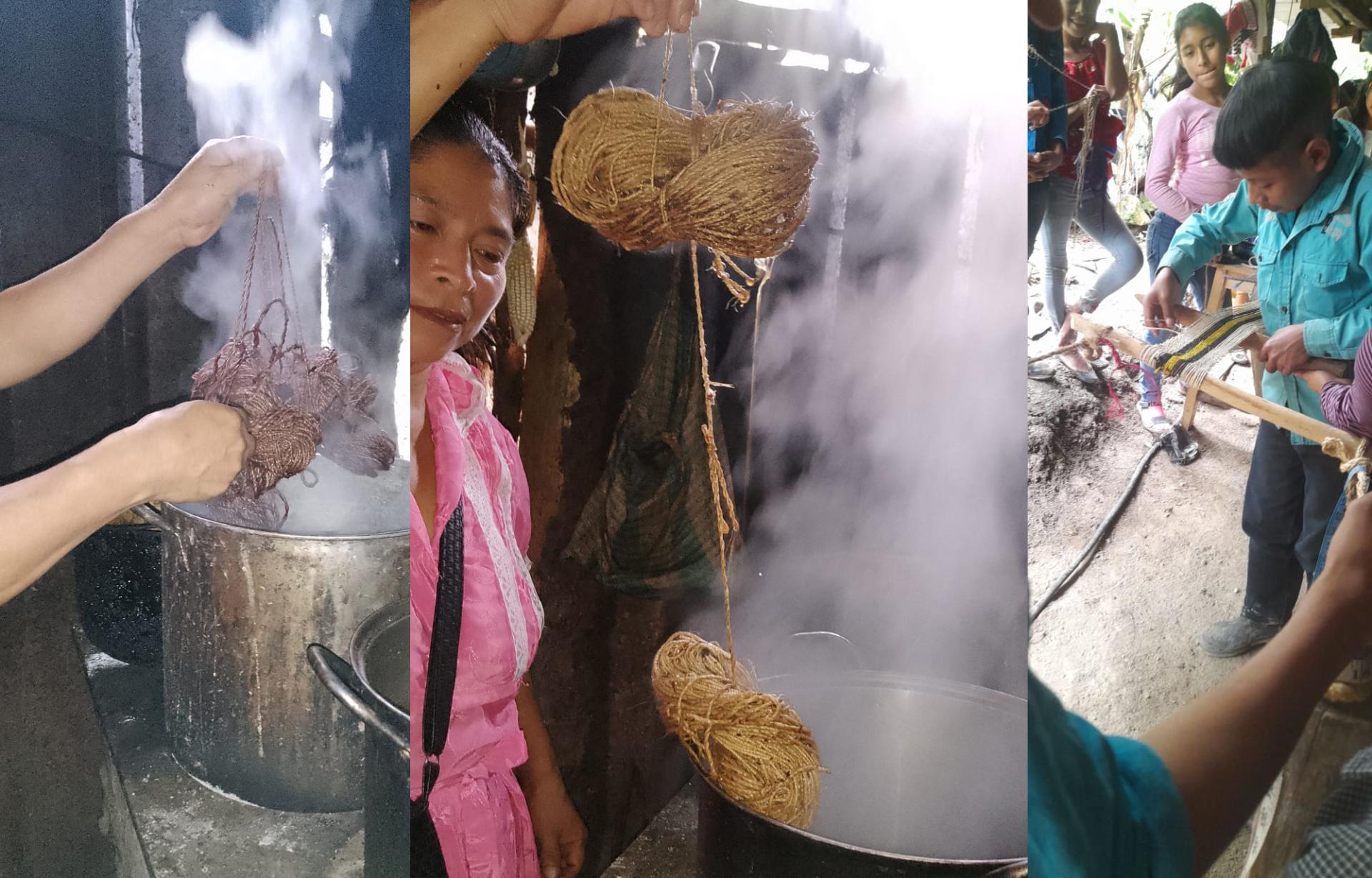
In her community of Tituque, approximately fifty Ch'orti' families preserve the ancestral tradition of crafting handicrafts from maguey fiber, a native plant that they cultivate and process sustainably. This practice strengthens the local economy and expresses the Mayan worldview, based on respect for the land, water, and life. Through their crafts, Maira and her community reaffirm their territorial and cultural rights, resisting dispossession and the constant threat of mining exploitation. The artisanal practice of maguey, passed down by their elders, seeks to preserve valuable knowledge in the face of climate change and to propose solutions rooted in balance with nature.
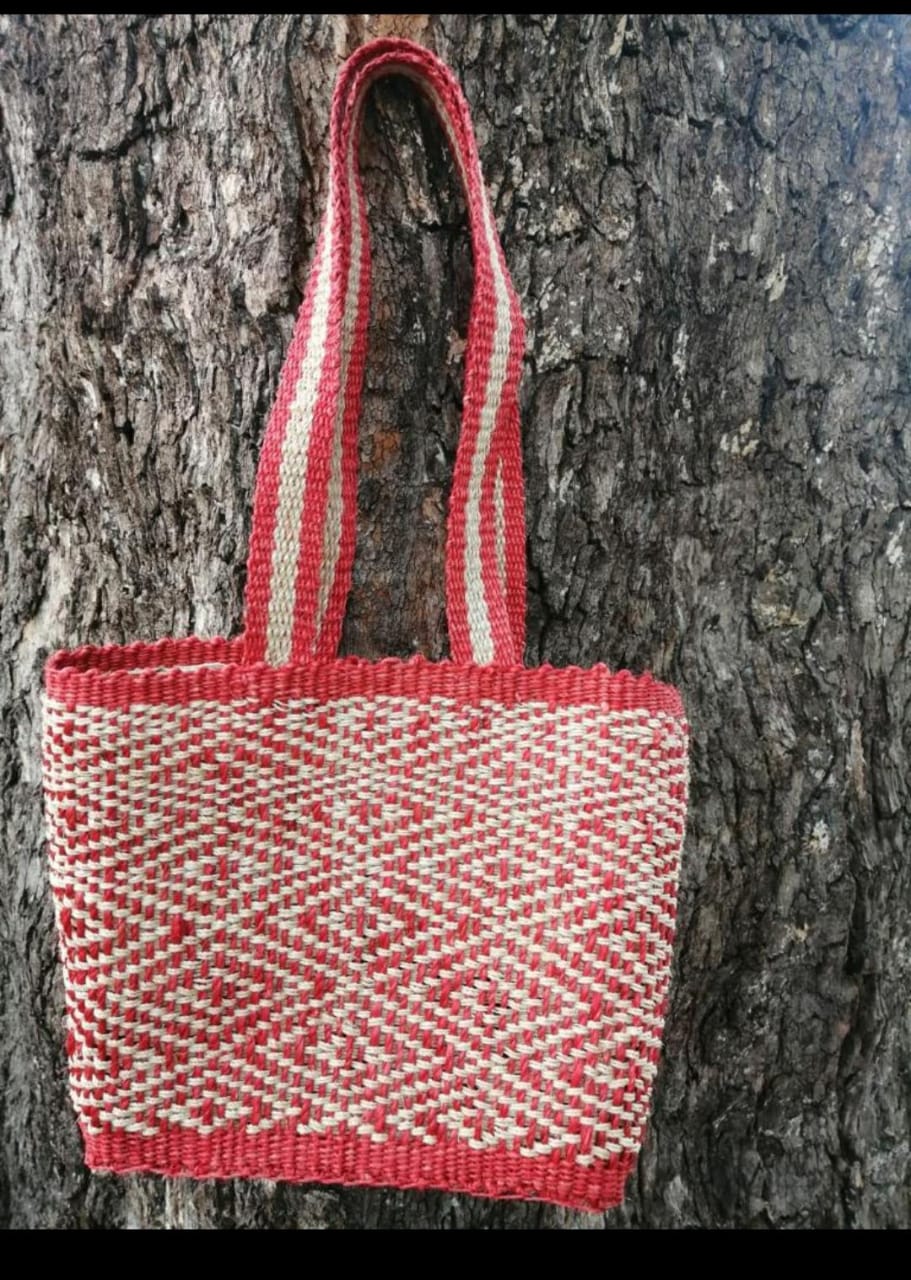
To rescue and consolidate this ancestral knowledge, Maira led the project “Rescuing Our Roots and Knowledge of Maguey Craftsmanship of the Maya Ch'orti' People.” By transforming maguey fiber into a link between the past and the future, she promotes the recovery of ancestral practices that intertwine identity, territory, and sustainability. As part of this project, a school of knowledge was established in Tituque, involving young people, children, families, Indigenous authorities, spiritual guides, and farmers. Through workshops, guided tours, conversations, and knowledge exchanges, the use of natural dyes, spinning, and maguey weaving was revitalized. In addition, the process was recorded on video to ensure its transmission between generations. This initiative is an act of cultural resistance and a commitment to the continuity of community life in balance with its environment.
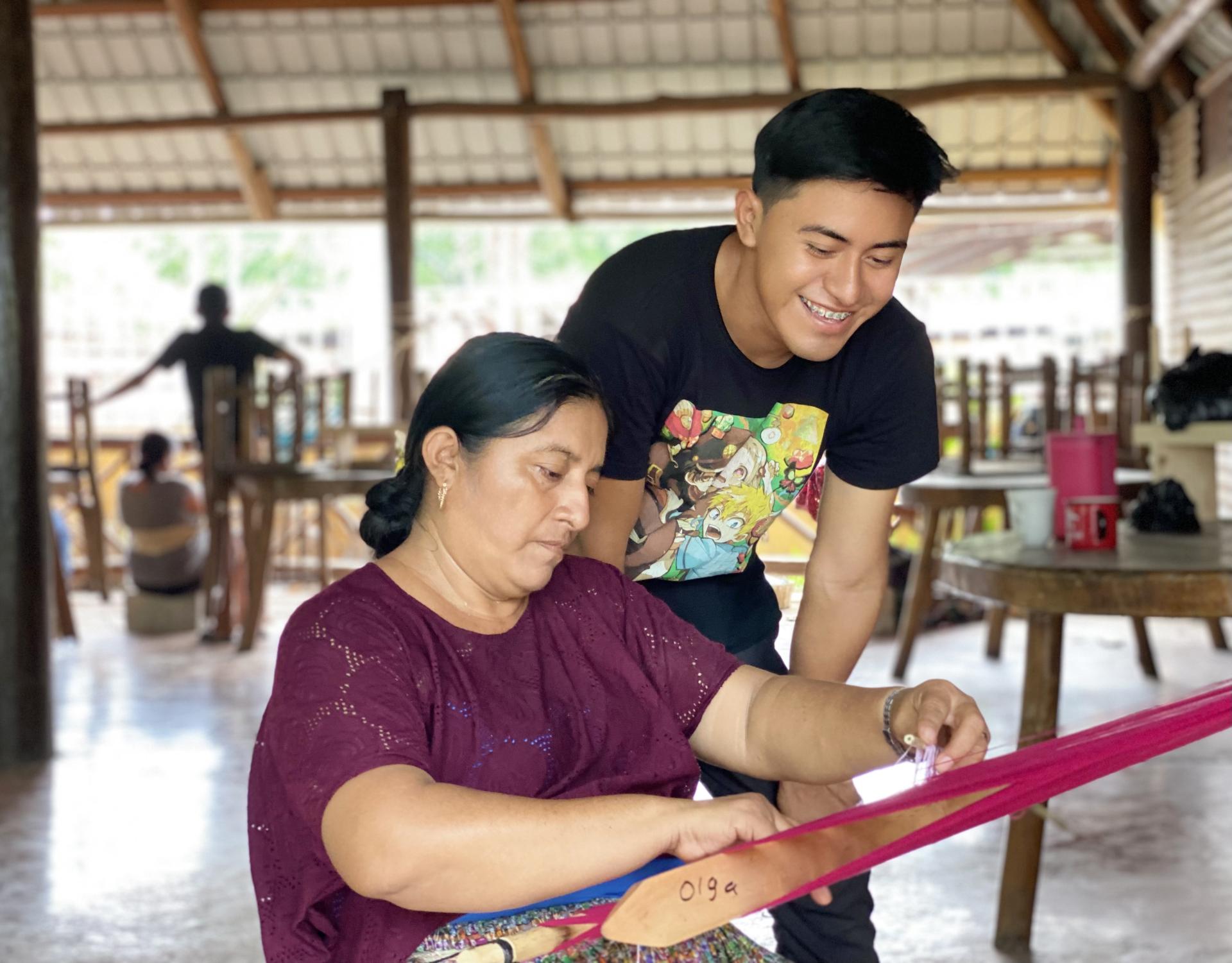
German Venancio Quinich Ché (Maya Q'eqchi') from Guatemala
German Venancio Quinich Ché is a young Maya Q'eqchi' Indigenous man from El Estor, Izabal, Guatemala, committed to defending the environment and the collective rights of Indigenous Peoples. After graduating with a degree in administration thanks to the efforts of his fisherman parents, German has decided to give back to his community by protecting Lake Izabal, a vital source of sustenance and symbol of life for his people. His activism has led him to directly confront a mining company that, according to him, persecutes, imprisons, and even murders those who dare to speak out in defense of the region's natural resources.
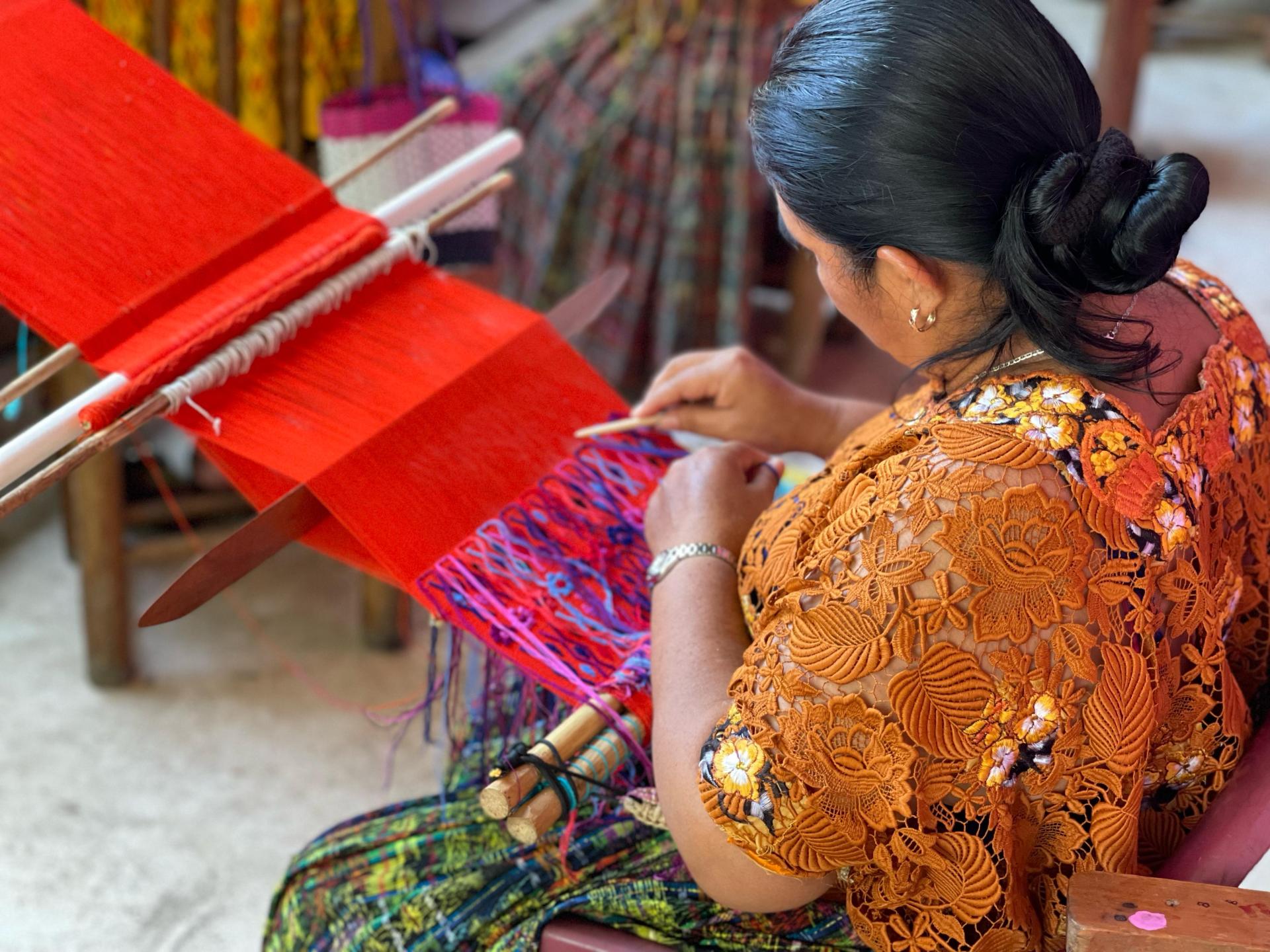
The community of El Estor, 90% of which is made up of the Q'eqchi' population, lives under the constant threat of extractive mining that pollutes the lake, devastates ecosystems, and threatens life itself. Faced with this situation, men and women, especially those who live from fishing, seek alternative ways to highlight their ancestral heritage and ensure their survival. Traditional weaving has become a key tool, not only as a cultural expression and symbol of resistance but also as a source of income that allows the world to see the wealth and dignity of a Peoples criminalized for defending their territory.
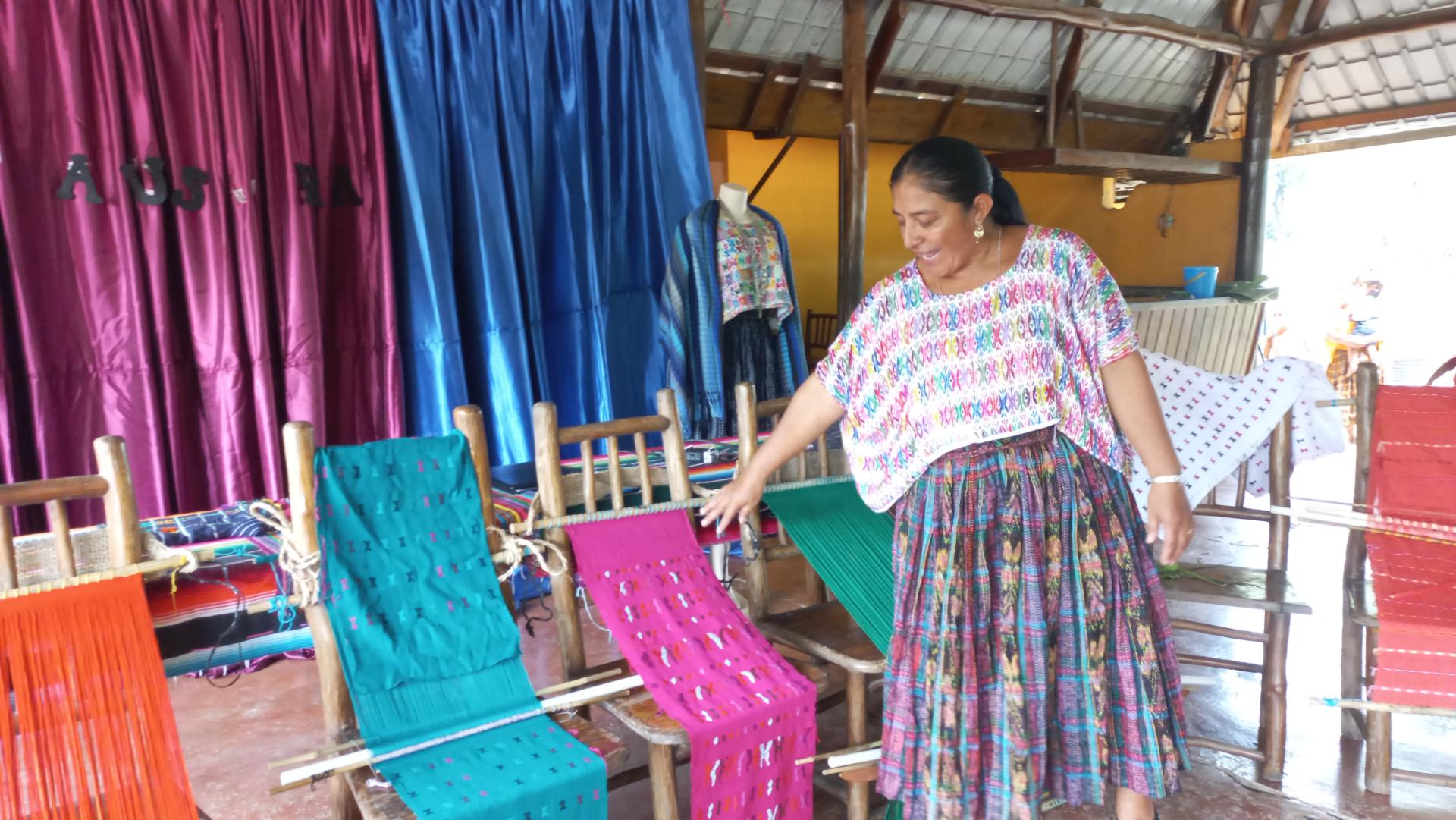
As a creative and community response, German founded the project Tejido Ancestral, Tejiendo por mi Comunidad (Ancestral Weaving, Weaving for My Community). This initiative revives Q'eqchi' textile knowledge while empowering girls, women, and young people. Through weekly workshops taught by an expert facilitator, twelve participants acquired weaving skills and received the necessary support to develop personally and economically. This pioneering project in the community not only seeks to open up opportunities in the national and international markets. But also, more importantly, it conveys to the world that every thread woven is an act of memory, resistance, and hope in the face of the extractive violence that threatens their land.
